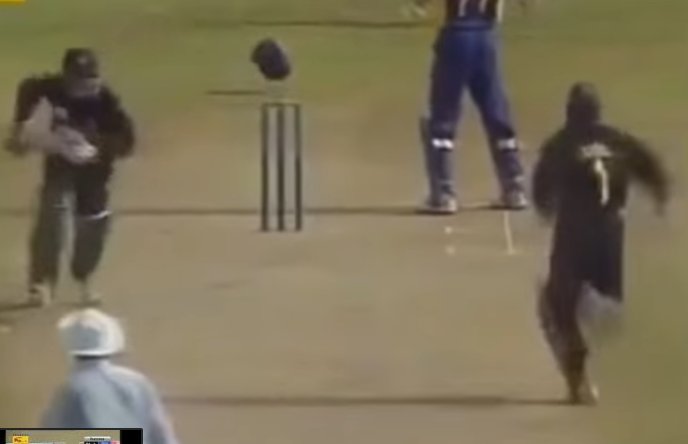
 |
| Index | |
|
|
|
|
|
| Penalty runs  For many years the Laws have mandated that umpires should award Penalty runs for No balls, Wides and more unusual events like batters stealing a run. The 2000 Code of Laws increased the range of penalties significantly to discourage what is often called gamesmanship, the attempt to gain unfair advantage by such means as time wasting, pitch damage and ball tampering In 2003, when the Laws were re-issued, the opportunity was taken to stiffen some of the penalties a little more. The success of this initiative can be seen not in the number of times penalties are imposed - they are indeed rare, but in the fact that they act as a deterrent Penalty runs should be given for the following offences: No ball - 1 run in addition to any others scored Wide - 1 run in addition to any others scored Changing the condition of the ball - commonly called ball tampering - 5 runs Deliberate attempt to distract the striker when receiving ball - 5 runs for a second offence Deliberate distraction or obstruction of either batter after ball has been received - 5 runs Time wasting by fielding side during an over - 5 runs for a second offence Time wasting by batting side - 5 runs for a second offence Pitch damage by fielding side - 5 runs for a second offence Pitch damage by batting side - 5 runs for a second offence Batters unfairly stealing a run during bowler's run up - 5 runs Player returning to the field of play without permission and coming into contact with the ball - 5 runs Illegal fielding - 5 runs Short runs - when deliberate - 5 runs for a second offence In many of these examples there are other sanctions to be applied in addition to the Penalty runs. Some offences have an escalating level of punishment, mostly in two stages, but in one case in three stages. All offences that have multi-stage penalties are 'team' offences, which is to say that it can be a different team member who commits the second, third, etc. offence. Naturally, once the maximum penalty level has been reached, it applies to all subsequent occurrences in the same innings. Penalty runs are far from being a recent innovation. The history shows that they were being applied over 260 years ago and that 175 years ago the Laws of Cricket identified at least four types of penalty offence 1744 - Penalty of one 'notch' if a member of the fielding side obstructed a batter as he was attempting a run. The No ball did exist at this time, but did not carry a penalty - the ball was probably considered dead, though the term Dead ball was 50 years away, and the MCC more than 40 years away. 1798 - Penalty of 5 runs if a fielder stopped the ball with his hat! This may have been in response to the fact that it was fashionable to wear a top hat when playing cricket. 1811 - Penalty of one run for a Wide, scored as a Bye until 1820, then as a Wide. This was the first mention of Wides in the Laws. 1829 - Penalty of one run for a No ball was finally introduced 85 years after No balls were themselves first officially recognised. |
||||||